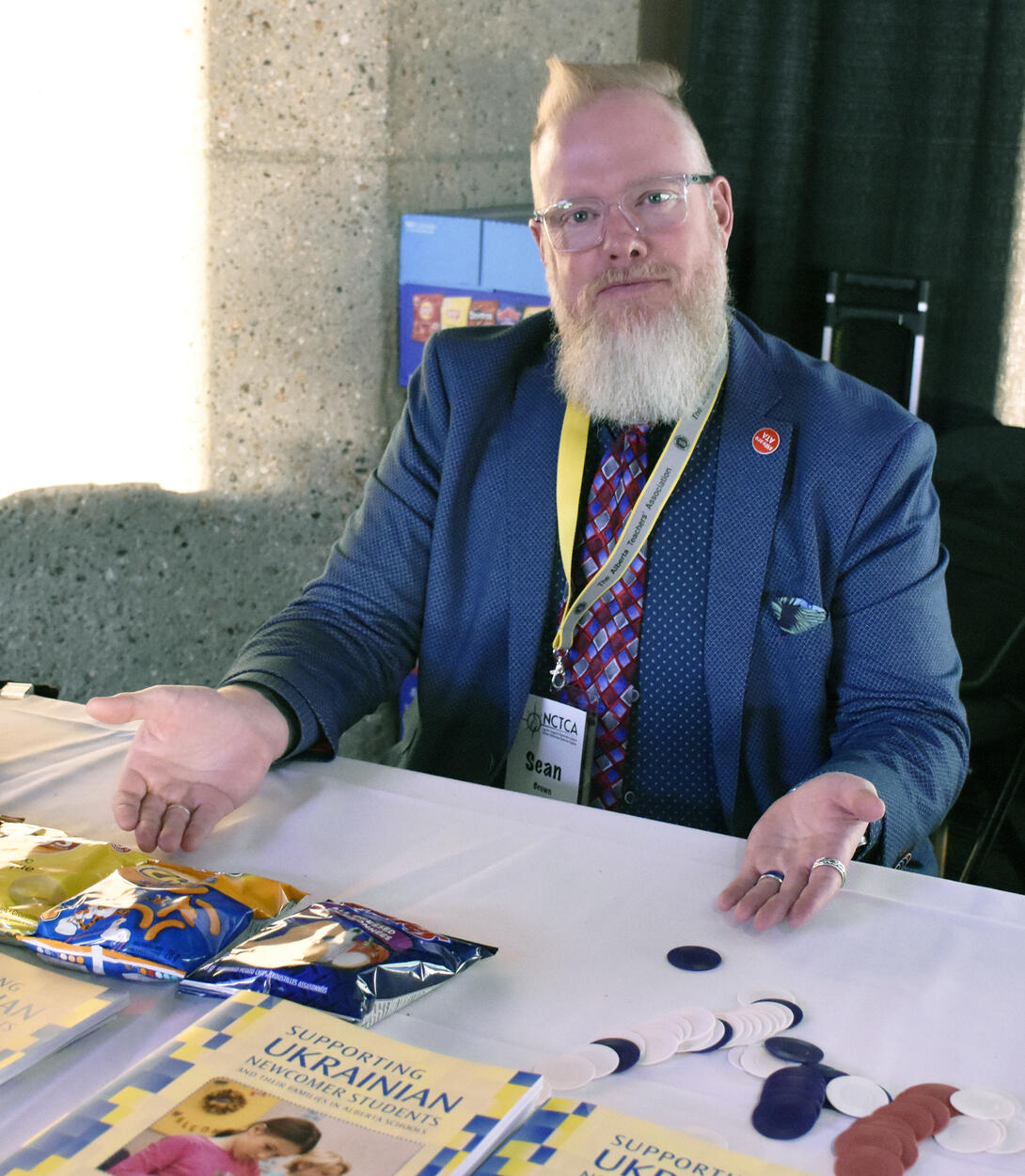Alberta teachers and school leaders are grappling with growing aggression in schools. Findings from the ATA’s most recent pulse survey reveal that one in two teachers have encountered bullying or violence, and 95 per cent of the aggression they experienced happened in person at school.
Deepening societal divisions, effects of the pandemic, declining empathy and increase in social media use have created a culture war in school communities, states the ATA report summarizing the findings.
“I’m repeatedly hit, yelled at and threatened by students,” wrote one study participant. “When I asked for support from the school district, they did nothing to improve the situation.”
Conducted in December, the survey also found a rise in incidents such as rude or obscene gestures, rumour-spreading and intimidation. Sixty-three per cent of teachers disclosed that they have never undergone training to defuse potentially aggressive situations. Additionally, half of the surveyed teachers and school leaders expressed discomfort in their capacity to de-escalate such confrontations.
“As a school leader I deal with these issues in isolation as I have no admin support in the building,” a participant wrote. “No AP and a part-time secretary, so I am responsible for all the phones and traffic that comes in the building.”
Many survey respondents said the consequences for aggressive behaviour are insufficient and felt the school system and leaders often failed to act against aggression by parents or students, leaving teachers unsupported.
“Our survey shows that many teachers need training in how to de-escalate scenarios. That is one place to start,” said ATA president Jason Schilling. “We also need clear and consistent implementation of school board policies on the consequences to the actions of others.”
Furthermore, 71 per cent of teachers have observed students making derogatory or hateful comments toward peers who express beliefs differing from their own, frequently resulting in conflicts extending beyond school grounds.
“Increase in physical aggression, as well as a steep increase in aggression through social media. There appears to be a decrease in social–emotional skills, such as conflict resolution and resiliency. There is also less parental support with consequences,” said a survey respondent.
“Schools are to be safe, secure and caring spaces for everyone who learns and works in the buildings,” said Schilling. “This is not just an ATA issue. It is also a school board and government issue. It’s unfortunate and scary when aggression happens, so we all must work together to address this issue, so people don’t feel afraid in school.”
The survey offers several recommendations from teachers and school leaders to help reduce the severity of aggression in schools.
- Prioritize safety and well-being.
- Enhance training supports.
- Create programs for behaviourally challenged students.
- Address the systemic issues in education.
- Support the reporting of aggressive behaviour.
- Establish consistent and fair discipline.
- Improve parental accountability.
To implement the recommendations, it will take collaboration from all levels within public education and more investment from the government, Schilling said.
“We need to see investment by government in supports for our students, their mental health and supports for inclusion,” he said. “We need to address the issue before we see incidents happen, but teachers, students and schools need supports.” ❚



